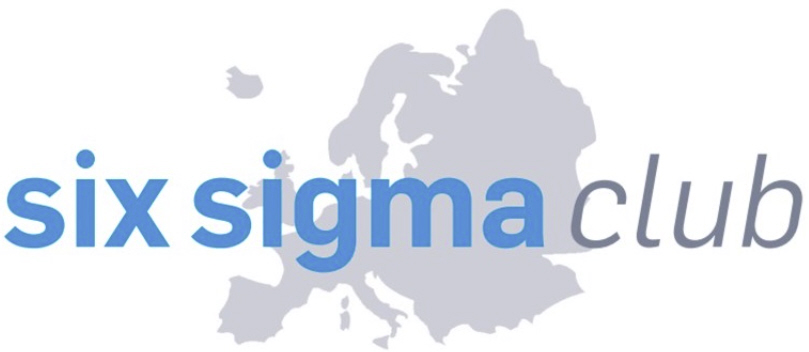Wedel, 15.11.2022 The “Learning 2.0” working group of the European Six Sigma Club (ESSC-D) has looked at alternative forms of learning and knowledge transfer and developed concepts ready for implementation. In view of the corona crisis, online variants, asynchronous training or blended learning must be used as alternatives to traditional classroom training. A large number of topics were considered during the development process: How is the course material provided? Which forms or media are particularly well or poorly suited to self-study? How do course participants deal with their own responsibility for self-learning? How does the course participant’s environment react to the time required for self-study? How is the legal handling of external sources of information organized? What is a good mix of synchronous and asynchronous forms of learning, and how can learning objectives be appropriately monitored? Design thinking and customer journey methods were used in the working group and during a workshop at a conference in Berlin to answer these questions. “We always tested the results in our ongoing training sessions alongside the working group. This allowed us to gain valuable insights directly from practice, e.g. that shorter sessions are recommended or that group exercises need to be adapted and made online-capable,” says Mario Jürgens, Six Sigma trainer and working group member. The results, and what needs to be considered for alternative forms of knowledge transfer, are now available. In addition to the implementation concept, there is also a collection of exercises that are suitable for online formats. Further information can be found at www.sixsigmaclub.de.

